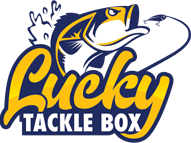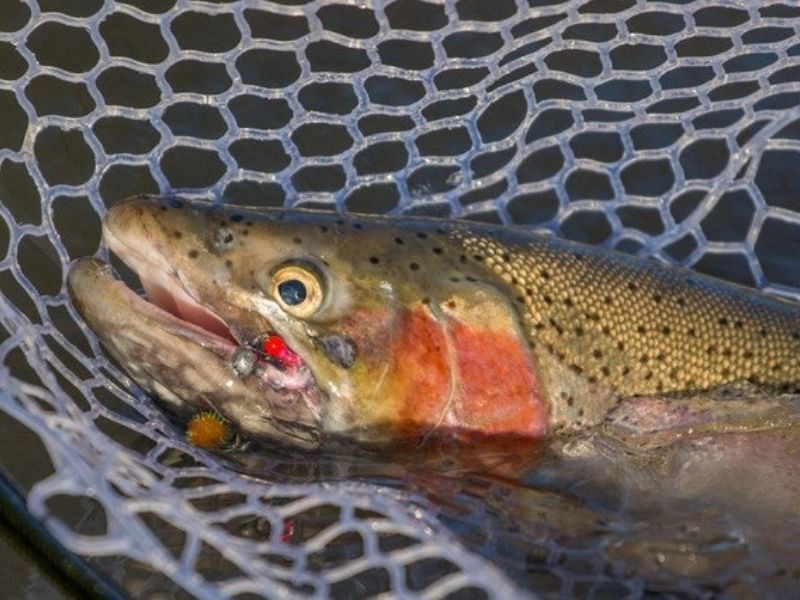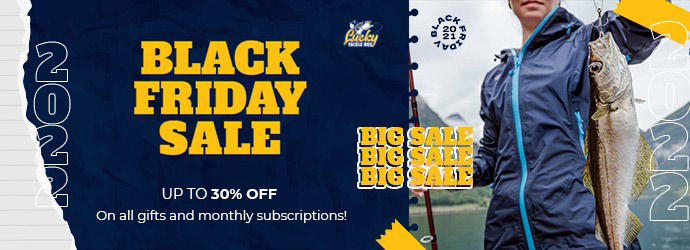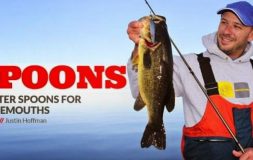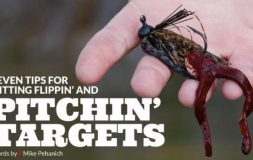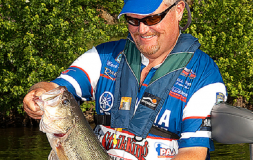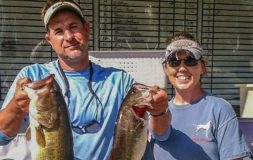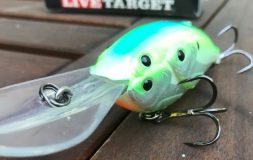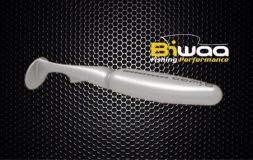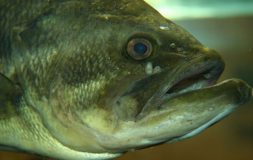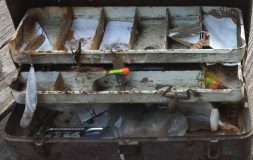3 Tips for locating trout
Written by Colton Orbaker – Twig ‘N’ Timber Outdoors
Many anglers begin fly fishing in a more gentleman-like pursuit of trout species. However, as I mentioned before, these fish are more difficult to find, and are considered much more elusive to anglers. Often, authors describe finding these fish as difficult, and difficult to master. Although there is some mystery involved, locating trout may be broken down into three basic concepts for the novice trout angler. I am unable to take credit for these concepts and tips, credit is due to an old podcast author and guru Tom Rosenbauer described as a great introduction to dissecting a stream, prospecting for trout.
Foam is Home
“Foam is home” is a rather clever way to say, “find the buffet line”. The foam line found in trout seams refers to the line of suds-like foam that collects in certain seams of current where trout live. These seams collect large quantities of forage food sources for hungry trout. By locating the foam line, we put ourselves in great position to find higher numbers of fish, due the amount of food collecting there.
Although some seams do not show a foam line, does not mean they aren’t productive to fish. Although it may be clear, seams are an area where one current meets another, and provides an opportunity for trout to be opportunistic predators. Trout lay in wait in the slow broken water, close to the faster current. As food floats by, they cruise out, and consume calorie dense food sources. When trout consume more calories than they expend, they grow. This is a basic thermodynamic principle.
Wood Is Good
Some other of Tom Rosenbauer’s helpful words-to-the-wise, refer to any structure in the water that displaces water, creating break in the current. These bits of structure often jut-out into the current. Like seams lines, the break in current often is a “buffet line” for trout, as the current will often collect food sources, as they swiftly float by the structure. Examples include logs (either completely, or fully submerged), tree roots, concrete slabs or other abandoned construction material, etc.
In addition, the structure, acts as protection for timid trout. Predators of trout hunt from above. Many birds and predatory animals hunt these fish from by sight, and the break in current coupled with the solid structure in which fish may escape to acts as an added barrier of protection. This is crucial when fishing for average sized fish, that make up the majority of the fish we catch.
Lastly, the structure acts as a means for the fish to maximize their caloric expenditure. Trout are specifically designed to upstream in moving current. When they find breaks in seams (often created by structure) they find a comfortably paced current, that allows them to reduce the amount of energy they expend while swimming. When the perfectly paced current happens to run alongside or below a steady and consistent flow of protein packed forage foods, the trout will survive. Trout that find the best ratios for energy consumed versus energy lost, will grow the biggest.
Rocks Rock
The last bit of simple advice I have for the novice angler is that hard rocky bottoms often produce great holding places for trout. The last words I borrow from Tom Rosenbauer in this book (I promise) are rocks rock. Rocks truly do rock!
When fishing a stream with steady current, searching for an area where subsurface stones or boulders break the steady flow of current is a great starting strategy. Very similarly to searching for structure, large stones break current and allow trout the protection, food source, and rest they need to survive.
When finding an area where rocks may be your ticket in, cast your fly well above the boulder or stone in search of fish. The break in seam looks fairly straightforward from above the surface, however, there is more than meets the eye subsurface.
Depending on stream bottom, and other surrounding factors, trout may hold in front of, to the side of, or behind these stones. Therefore, to avoid spooking fish, begin your prospecting well above the structure, and work your way downstream. This technique is also a great strategy for fishing wooded structure as well.
